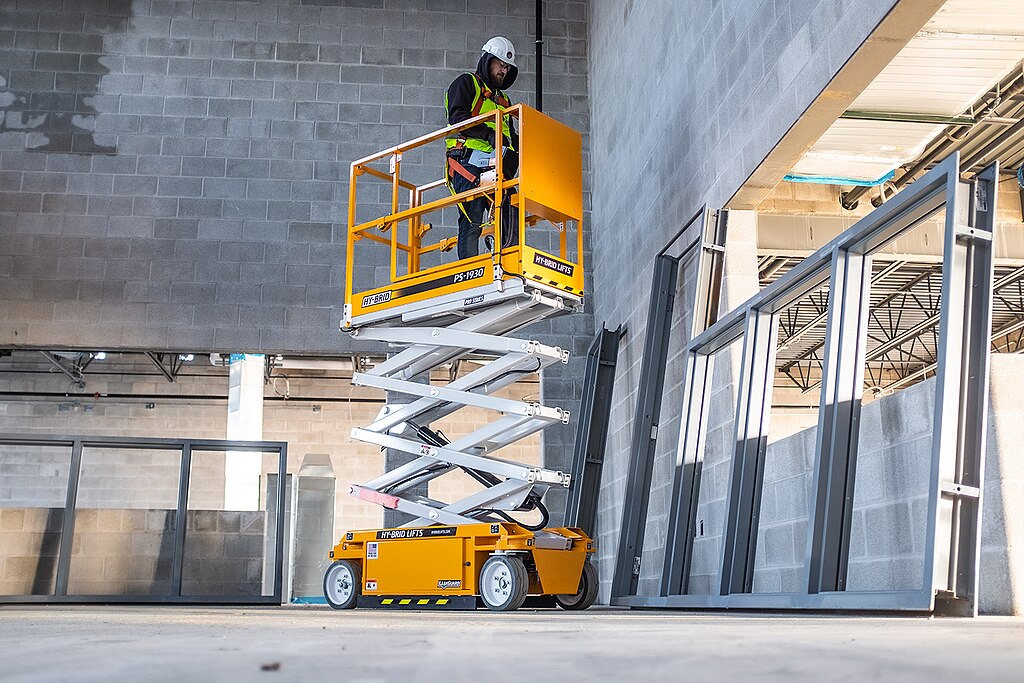Key innovations and future trends in electric scaffolding in 2025
Electric scaffolding represents a significant advancement in construction technology, combining traditional scaffolding principles with powered mechanisms for enhanced efficiency and safety. As construction methods continue to evolve, electric scaffolding systems are becoming increasingly sophisticated, incorporating automation, smart sensors, and sustainable technologies to meet modern building requirements.

The Evolution of Electric Scaffolding Technology
Electric scaffolding has transformed from basic motorized platforms to integrated systems featuring advanced control mechanisms. Modern systems incorporate precision motors, allowing smooth vertical and horizontal movement while maintaining stability. These developments have enabled construction teams to work more efficiently on complex architectural projects, particularly in high-rise construction where traditional scaffolding poses significant challenges.
Advantages of Modern Electric Scaffolding Systems
Electric scaffolding systems offer numerous benefits over conventional scaffolding. These include reduced physical strain on workers, faster assembly and disassembly times, and improved positioning accuracy. The integration of electronic safety systems provides automatic load monitoring and emergency stop features, significantly enhancing workplace safety. Additionally, modern systems often feature energy-efficient motors and regenerative braking systems that reduce power consumption.
Safety Innovations in Electric Scaffolding
Recent developments in electric scaffolding safety features include advanced sensor systems that detect environmental conditions and potential hazards. These systems monitor wind speed, platform load distribution, and structural integrity in real-time. Emergency backup power systems ensure safe operation during power interruptions, while automated diagnostic systems alert operators to potential maintenance needs before critical failures occur.
Economic Considerations and Return on Investment
Electric scaffolding systems represent a significant initial investment compared to traditional scaffolding. However, long-term cost analysis reveals potential savings through increased productivity and reduced labor requirements.
| Component | Initial Cost Range | Estimated Annual Savings |
|---|---|---|
| Basic Electric System | $15,000 - $25,000 | $8,000 - $12,000 |
| Advanced Smart System | $30,000 - $45,000 | $15,000 - $20,000 |
| Enterprise Solution | $50,000 - $75,000 | $25,000 - $35,000 |
Prices, rates, or cost estimates mentioned in this article are based on the latest available information but may change over time. Independent research is advised before making financial decisions.
Future Developments in Electric Scaffolding
The future of electric scaffolding points toward increased automation and integration with Building Information Modeling (BIM) systems. Emerging technologies include AI-powered positioning systems, remote operation capabilities, and modular designs that adapt to various building configurations. Environmental sustainability is also driving innovation, with manufacturers developing solar-powered options and energy-efficient operating systems.
The construction industry’s ongoing digital transformation continues to shape electric scaffolding development, with smart technologies and automated systems becoming standard features rather than optional additions. These advancements promise to further improve construction efficiency while maintaining the highest safety standards for workers and projects.




